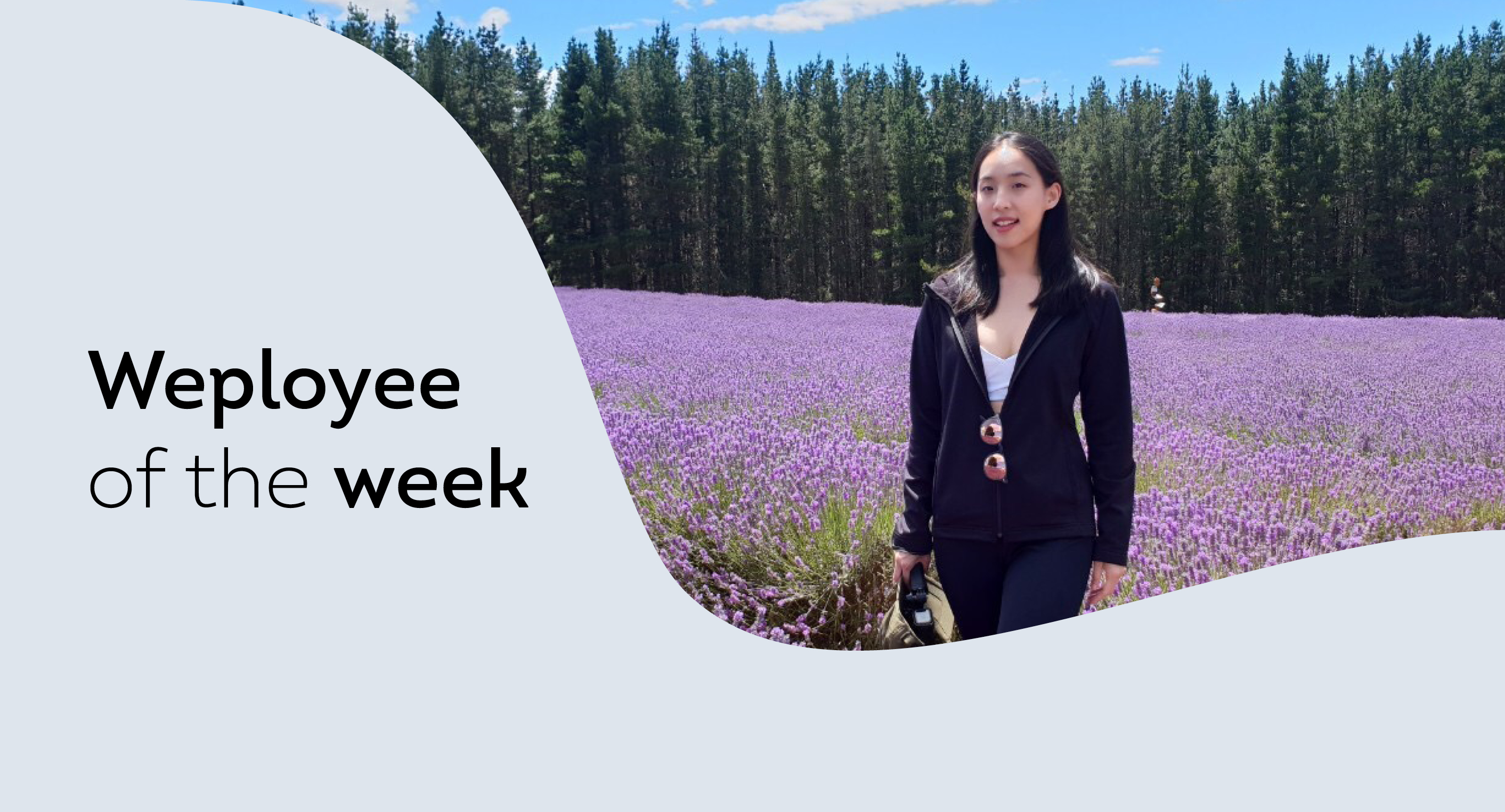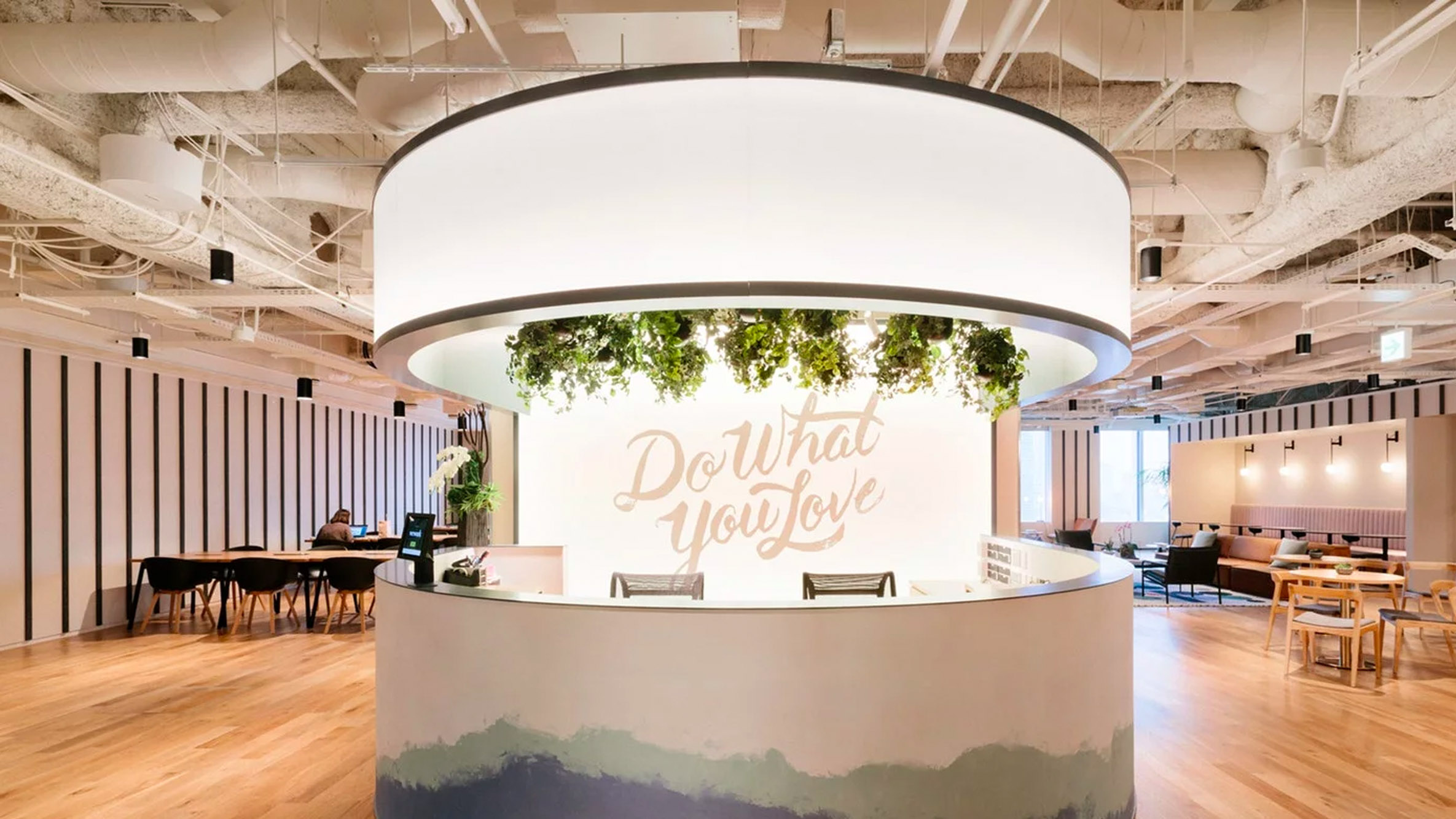How to Drive Culture in a Remote-First Environment

The impacts have been catastrophic, and the effects felt globally. A Gartner survey reveals 88% of organisations have encouraged or required employees to work from home due to Coronavirus, enforcing a global ‘Work from Home experiment’ which none of us saw coming and nobody had planned for. Surprisingly however, the experiment seems to have paid off. Studies have proven that most employees working remotely have not only adapted quickly to the new ways of working – but they have thrived too, reporting positive effects on their daily work, feeling more engaged, and having a stronger sense of well-being than those in non-remote jobs with little flexibility do. The post-COVID era is dawning, and now is the time to start planning for the Future Workplace.
Previously, the idea of the big, shiny office, with its traditional meeting rooms, flat whites on tap and meditation spaces was seen as critical for productivity, culture, and to stay competitive in the war for talent. These days, Australian businesses must acknowledge their employees’ needs to reframe their thinking and completely transform the role of their centralised offices. The emerging challenge for managers in the move to remote work, is about ensuring their people continue to feel safe, supported and engaged when the way they work has completely changed. But when you can’t define or control the physical working environment, it may seem impossible to guide your people effectively through change. With the help of a proactive strategy, and a people-first approach alongside new technological advancements at the heart, the opportunity for teams to grow and flourish is upon us. Here’s some tips on how to get started.
Remodel Roles to a new Rhythm
Perform an audit of the roles within your company, determining which can be:
- Performed fully remotely with positive outcomes,
- Performed in a home and office hybrid,
- Best performed mostly in the office (and remotely by exception.)
After close consultation with your wider teams, run these options past each employee to ask them how they would feel about working within the above three scenarios. How have they felt about WFH? Did they enjoy it, or now that the novelty has worn off, would they prefer to be back in the office? Did they have access to the full suite of tools and the preferred environment they needed to be able to perform their job to the best of their ability? A survey may help you to get a read on the overall feelings about returning to the office. There are free ones online that you can download to help you collate these insights and start designing your office transformation accordingly, or enlist the help of an external workplace advisor like Businessary. A roster will need to be drafted, taking into account staggered entry and exits. Perhaps desk space can be completely stripped out, to allow for an office purely comprised of collaborative spaces – board rooms, breakout areas and creativity labs with stimulating design.
Shift Employee Mindsets
The biggest change in the shift to a remote first working environment is Workplace Culture. Often defined as the personality of your workplace, it combines company values, beliefs, behaviours and employee attitudes. Having good culture at work means happier, more engaged and more productive employees, who are more likely to stay. It means they become a team of advocates which helps you attract great talent in the future. Ultimately it boosts profits too - great culture has been proven to increase company revenue up to four times.
But the new working model has presented difficulties in maintaining workplace culture. Having a traditional office environment provides a physical space for the company values to be exemplified and it is much easier to communicate intangible concepts like ‘compassion’, in a face to face situation. Similarly, keeping an eye on employee attitudes and behaviours is much more straightforward when they are sitting right in front of you. Efforts to maintain workplace culture in the post-Covid era need to be recharged and rethought in order to define a fresh new approach. Start by designing a few months’ worth of fun and low-cost initiatives that can be organised remotely, in a hybrid of home and office, or fully on site - that will foster inclusion, drive a sense of community, and delight your employees.
Keep Technology at the Heart
Digital transformation has been building at an increasing rate, which has peaked throughout the coronavirus pandemic. Remote work has meant that all employees have been forced to adopt new technologies and get comfortable with new modes of working in order to do their jobs. The upshot is that companies can leverage these new skills in order to help them continue to foster workplace culture. Human Resource Information Systems mean that regular check-ins can be scheduled via video conferencing using online performance review tools. Live Chat streams continue to foster a sense of community. Feedback forums ensures the lines of communication are always open between peers and Managers, and automated email surveys ensure that regular pulse checks are taken. Digital HR tools can help you continue to cultivate inclusion and a feeling of psychological safety for employees with regular check-ins, providing you a 360 degree view into how they are doing at a glance, keep an eye on trends and be notified of potential risk areas so that you can act on them before they become problematic for the wider business. Accessing people data helps show you how to transform them into a strategic path for growth - providing valuable insight that will help your business grow, operating better than ever before.
Managing Workloads
In times of physical and emotional stress, it is the responsibility of all employers to help their people manage. During stressful times or in peak workloads, the risk of burnout and churn can cause catastrophic effects and it is in the interests of business leaders to be aware of the risks and do what they can to help stay on top of it. Overworked permanent staff can disengage and become toxic within their teams as resentment builds. Easing unreasonable workloads with temporary staff will show them you care and give them the time they need to perform their jobs properly. Start by analysing workloads to predict peaks and ensure you’re able to access the right support when you need it most. On-demand staffing platforms like Weploy help businesses of all sizes access skilled temporary staff, with speed, efficiency and compliance.
As we face a future of vastly different working models, environments and team structures - building a winning workplace culture now will help your company navigate the post-COVID era. The smartest leaders will be thinking about how to use the power of tech to help them guide their people through meaningful change in 2021 and drive great culture in a remote first environment.

We live in a world where digital technology is second nature. Options include remote car starters from your phone, doorbell cameras to alert you of your neighbourhood moves, and even virtual doctor visits. These options are easy, quick, and come with the click of a button. But when there is a question or concern, what do we do as consumers? The same digital access that grants us 2-day shipping and zero human interaction may lack the answers a customer needs when a problem arises. So the question at hand is, when it comes to customer service, is human interaction really best?

With a strong business development acumen, Sandy is also passionate about equality, environment and animal rights. She believes in using the power of business as a force for good. Sandy aims to show businesses how to create profit for shareholders, whilst harmoniously creating measurable benefits for all stakeholders including people, environment, and animals.

Here at Weploy, with two offices split across two states, we’ve become accustomed to having some days when half the team is at work and half is not. Australia has 8 public holidays per year (not counting these state-based holidays) which involve additional legislation technicalities, and companies like ours must prepare, plan and forecast well in advance in order to help stay afloat.
Streamline your hiring
Business support staff with no hidden fees. Start hiring anytime.

